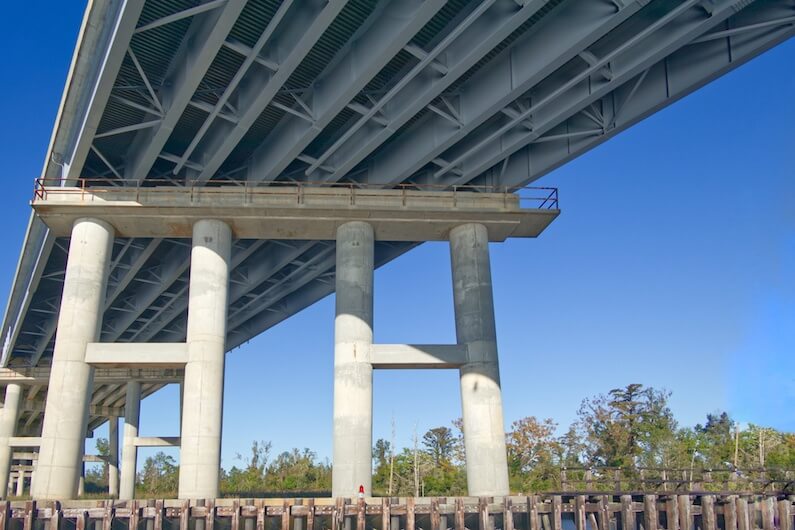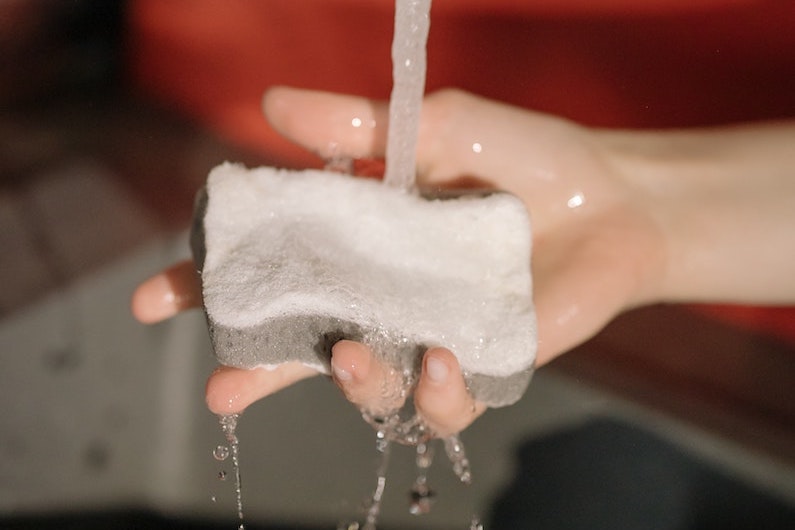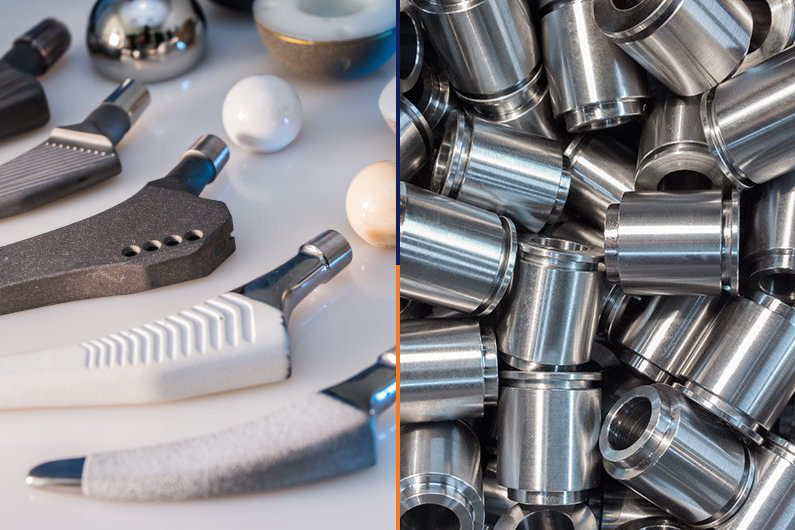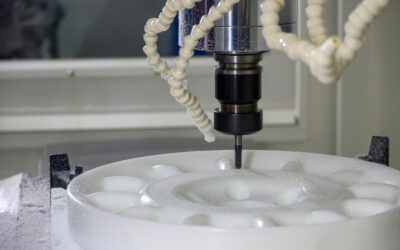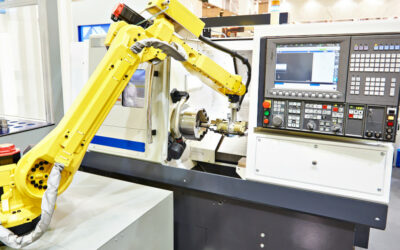Designers often need to evaluate the strength of different materials when selecting one for their product. In our previous article on metal strength, we explained that there are actually several different types of strength. These include tensile strength, compressive strength, impact strength, shear strength, and several other types.
Tensile strength is easily the most commonly referenced type of strength for metals, but compressive strength can be equally important for certain applications. This article explains what it is and when you need it, followed by several examples of the compressive strength of metals.
Understanding Compressive Strength
Like it sounds, compressive strength measures how much stress a material can handle when it is being compressed or squeezed. One example of this could be the foundation of a building or the piles of a bridge (seen above), but it can apply to much more than that.
The coiled springs on a car are compressed by the weight of the car, compressing even further or relaxing as the car drives around. The steel or bronze bushings of heavy equipment like mining shovels and manufacturing equipment are subject to both high compression and wear forces. And railroad tracks need to support the pounding weight of loaded rail cars.
But why can’t we just use one “catchall” strength measurement when selecting a material? In short, it’s because many materials are stronger or weaker under certain loading conditions.
A synthetic kitchen sponge, for example, has a very low compressive strength because it deforms easily when you press on it. However, if you try to pull the sponge apart, you often have to use a much higher force. Concrete is the opposite, effectively supporting large compressive loads, but cracking when placed in tension.
A universal testing machine can be used to measure different types of strength, often through destructive testing. By following an accepted compression testing standard, such as those described by ASTM, we can measure the compressive yield strength and ultimate compressive strength of a metal.
Compressive Strengths of Different Metals
Compressive strength data is often harder to find than tensile strength information. But we’ve created a small table to give you a better picture of how some tensile and compressive strength values can compare.
| Metal | Ultimate Compressive Strength | Ultimate Tensile Strength |
|---|---|---|
| Gray Cast Iron A48 Class 40 | 1034 MPa (150 ksi) | 276 MPa (40 ksi) |
| UNS C62400 Aluminum-Bronze | 1090 MPa (158 ksi) | 655 MPa (95 ksi) |
| Ti-6Al-4V Titanium | 2042 MPa (296 ksi) | 1170 MPa (170 ksi) |
In many cases, the difference between tensile and compressive strengths can be quite large. And there isn’t any direct way to determine it using the tensile strength data. So if this is an important consideration for your application, you may need to source this data from your preferred metal supplier.
Choosing the Right Metal for Your Project
Designers consider a number of factors when selecting materials, like cost, corrosion resistance, hardness, strength, and much more. If their product will be exposed to high stresses, they’ll also need to determine which types of strength impact their design and evaluate each.
When choosing between carbon steel and cast iron, for example, designers should know that cast iron tends to have somewhat better compressive strength, while steels tend to perform better than cast iron under tension.
Whether you’ve already selected a material for your next project, or need advice from an expert fabricator, you can count on Gensun to provide high-quality CNC machining services for a wide range of materials.

